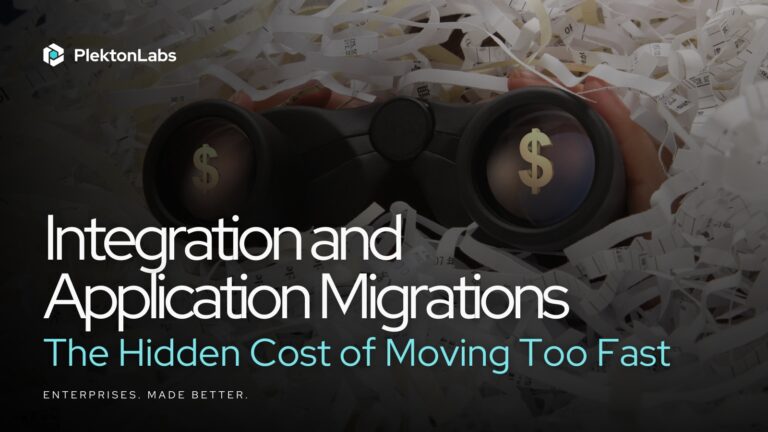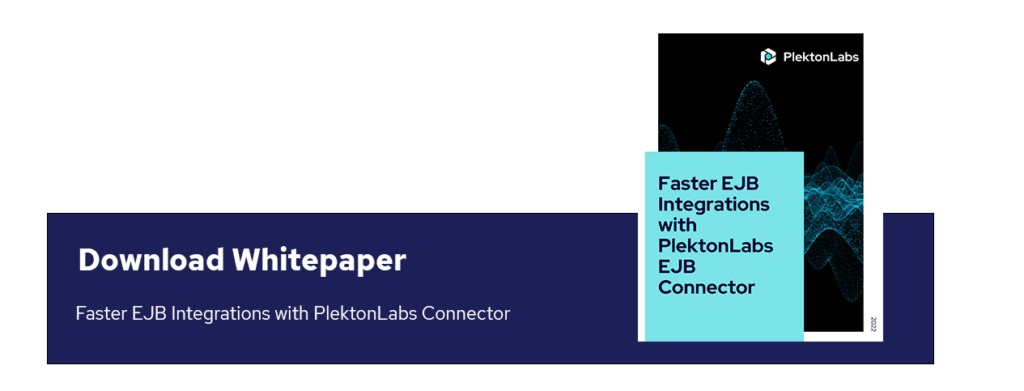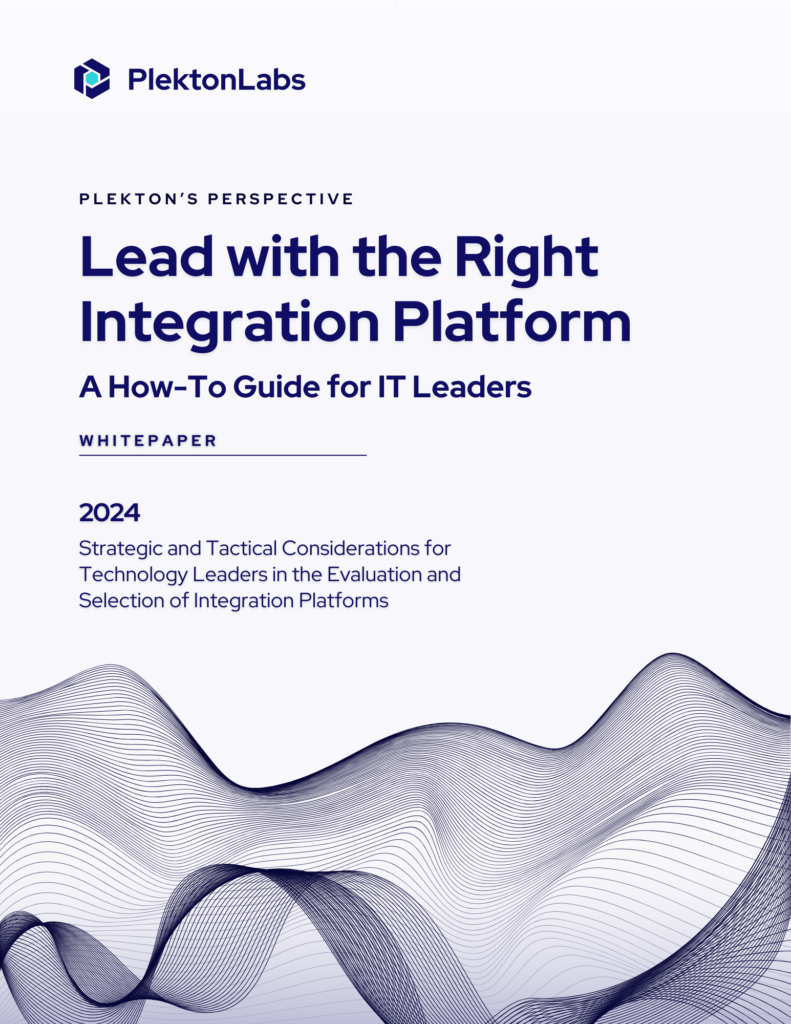Building a modern enterprise today requires an integration mindset, a way of thinking that connects systems, people, and processes into a single rhythm. It’s the foundation of connected organizations that move fast and adapt faster. Yet when application migration projects begin, many leaders forget this principle. They focus on swapping platforms instead of strengthening connections. Without system thinking, migrations often trade one set of problems for another.
Across the U.S. and Canada, enterprises are migrating platforms at record speed. Cloud adoption continues to surge, legacy systems are aging out, and leadership teams are eager to modernize. But behind every migration decision hides a deeper question: why are we really moving?
According to Next Pathway’s 2024 research, 65% of North American enterprises list cloud or application migration as a top-three tech priority. Yet more than 60% of these projects exceed budgets or fail to meet ROI targets. That gap rarely comes from bad technology. It comes from unclear reasoning.
Why Companies Migrate, and Why Those Reasons Don’t Hold Up
Executives often justify migrations with familiar frustrations:
- Software costs are too high
- New leadership wants “more current” platforms
- Vendor pricing is confusing
- Support feels non-existent
- Vendor relationships have broken down
- Legacy tech skills are scarce
- Projects take too long and cost too much
On paper, these seem legitimate. In reality, they’re surface symptoms. Most of these issues trace back to internal bottlenecks, process inefficiencies, lack of ownership, or poor alignment across teams.
McKinsey reports that fewer than 40% of large-scale digital transformations hit their targets, largely because organizations chase technology changes before fixing cultural or architectural gaps. This is exactly where the integration mindset makes a difference; it turns migration into an opportunity to rethink how everything connects.
Integration Thinking Prevents Migration Failure
Integration isn’t just about connecting software. It’s about connecting intent. When enterprises view migration as a technical swap, they ignore the system that surrounds it, the teams who’ll use it, the data that feeds it, and the processes it powers.
Organizations that approach migration through integration achieve better outcomes. A North American telecom provider, for instance, unified its contact center and collaboration platforms through proper integration architecture, resulting in a 56% reduction in operational costs and a 20% increase in customer satisfaction. That’s what happens when migration aligns with system thinking.
This principle drives how PlektonLabs delivers migration services. Integration is woven into every stage, from architectural assessment to rollout, so enterprises don’t just migrate technology; they evolve their business architecture. For example, Mule 3 to Mule 4 migrations are designed not merely as upgrades, but as exercises in re-architecting for scalability and resilience.
Leadership Lessons from Integration-Minded Organizations
- Diagnose, don’t default.
Before green-lighting a migration, identify the real issue. Is the problem technical or cultural? Costly licensing might be a factor, but broken processes often play a bigger role. - Design for connection.
Every migration should start with an integration map, how systems talk, how data flows, and how teams collaborate. Our Enterprise Application Integration Strategy guide shows how a well-defined API architecture simplifies complexity and supports agility. - Treat migration as cultural evolution.
New systems reshape workflows, team dynamics, and roles. Integration-minded leaders prepare people for that shift, not just platforms. - Measure value beyond cost.
A migration that saves money but slows innovation isn’t a win. The goal is acceleration, faster delivery, better visibility, and measurable impact. Gartner projects that 80% of organizations lacking an integration strategy will see digital transformation efforts stall by 2026.
The Real Risk of Migration Without Integration
When integration thinking is missing, migrations deliver the illusion of progress. Data remains siloed. Teams stay disconnected. Costs pile up. Leaders realize too late that the migration didn’t fail technically; it failed architecturally.
That’s why integration needs to anchor every decision, every diagram, every vendor meeting. A connected organization learns and adapts continuously. A disconnected one just upgrades its chaos.
For leaders exploring their next move, we wrote Seamless Integration: Migrating a Major North American Airport’s MuleSoft Runtime for Peak Performance, based on our success story, for more insights into integration strategy, architecture modernization, and enterprise transformation.
Each piece builds on the same philosophy: integration isn’t an IT function; it’s the nervous system of your business.
The Bottom Line
Application migrations are moments of truth for leadership. They reveal whether an enterprise reacts or evolves. Leaders who apply an integration mindset don’t just change platforms; they change how their organization connects, learns, and scales.
PlektonLabs helps North American enterprises migrate with purpose. Our integration experts design strategies that transform complexity into clarity, ensuring your move drives measurable growth, not another round of rework.
Talk to our team about your migration strategy. Let’s make your next move count.




